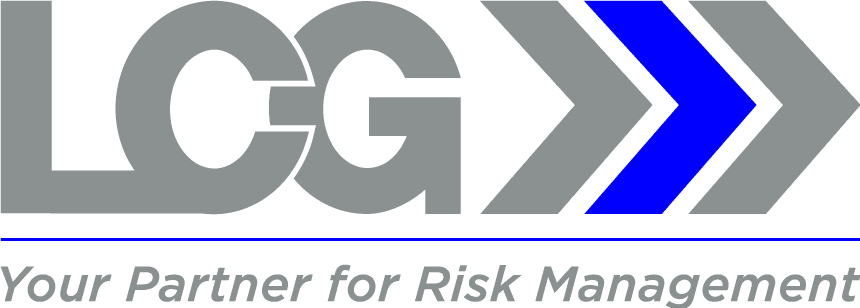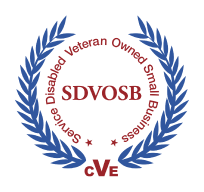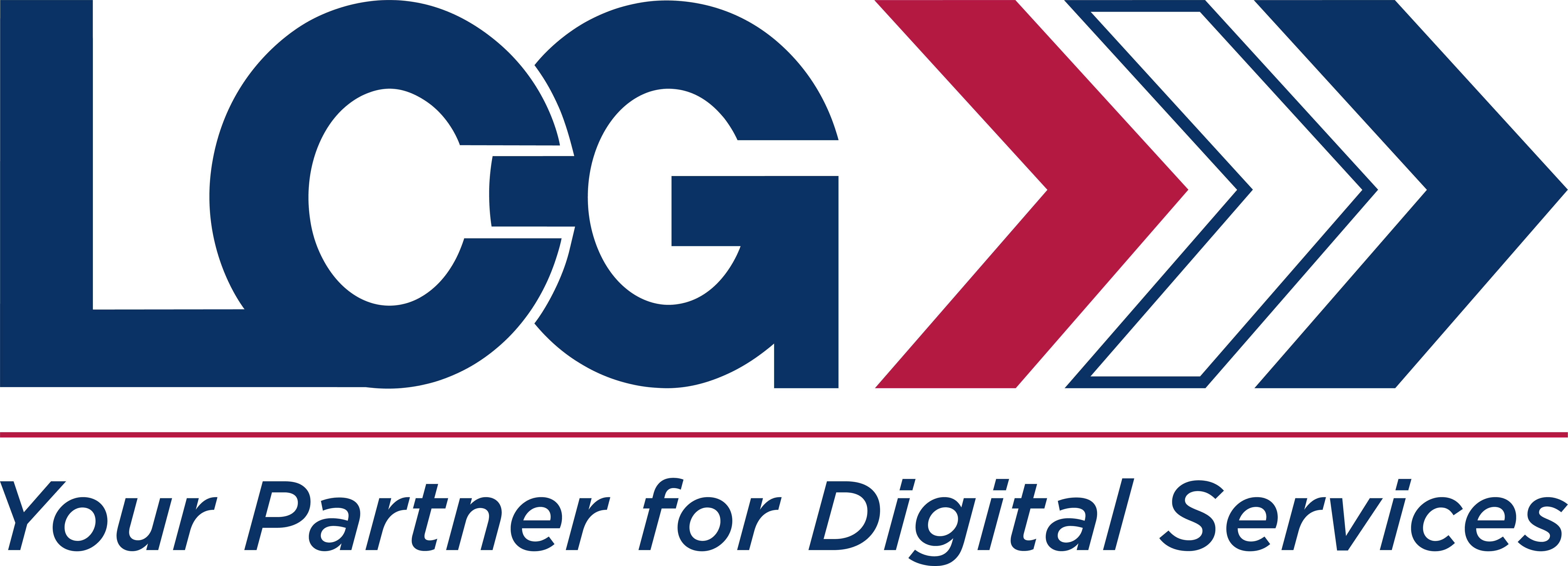A practical playbook to prevent “AI-powered” mistakes from becoming legal and operational liabilities
Contributed by Thane Russey, VP Strategic AI Programs
Series context. This installment connects our governance and evidence themes to a growing risk: capable AI in the hands of unqualified people. It draws lessons from digital forensics, then translates them for corporate AI programs that must be defensible in court and resilient in operations.
AI is now point-and-click; expertise is not.
Low-friction AI has crossed a threshold. Off-the-shelf copilots summarize contracts, draft code, label documents, and answer discovery questions. That accessibility is good for productivity; however, it also shifts risk from specialized teams to generalists. The pattern is familiar. In digital forensics, well-meaning IT staff used admin consoles to “collect” evidence, only to discover in court that exports were incomplete, unauthenticated, or altered by routine automations. The same dynamic is repeating with AI.
Three changes drive the gap. First, advanced models are packaged as assistants, which hides complexity and error modes. Second, outputs are persuasive, which encourages overconfidence. Third, organizations interpret model output as if it were ground truth rather than a probabilistic, context-dependent estimate. The result is a proliferation of decisions that look scientific, read authoritative, and still fail basic reliability tests.
Good governance fixes that. NIST’s AI Risk Management Framework emphasizes a full lifecycle approach, from context mapping and measurement to ongoing management, so that trust is earned, not assumed [2][3].
LCG perspective. Treat AI like a forensic instrument, not office stationery. If you would never put an uncertified technician on a forensic imager without SOPs, logging, and validation, do not put an untrained analyst in charge of a model whose output will shape legal, financial, or safety decisions.
Parallels to uncertified IT staff using forensic tools
Digital forensics offers a concrete cautionary tale. ISO/IEC 27037 explains how evidence must be identified, collected, acquired, and preserved to maintain integrity [12]. SWGDE best practices add hash verification, reproducible procedures, and documentation requirements for collections and examinations [13].
When everyday IT teams skipped those disciplines, two things happened. First, they missed artifacts, for example, a cloud export without full metadata, or a logical device copy without volatile memory. Second, they undermined admissibility because counsel could not demonstrate that the methods were validated, that error rates were understood, or that integrity was preserved. Judges reaching admissibility questions asked Daubert-style questions about processes, validation, and known error rates, and many tools that “worked for IT” did not meet that threshold [16][17].
Now replace “forensic tool” with “AI assistant.” The same failure modes appear:
- Hidden transformations. Prompt templates, retrieval pipelines, and guardrails silently transform inputs and outputs. Without documentation, the organization cannot reconstruct a decision path.
- Unvalidated use. A model adequate for drafting summaries is repurposed to prioritize customer complaints or triage safety events without testing generalization, bias, or robustness.
- Broken chain of custody for outputs. Screenshots of a chatbot session are treated as the record, while system prompts, context windows, and retrieval sources are lost.
- Overconfidence. Persuasive language masks uncertainty. Leaders treat a fluent answer as correct.
Forensics solved its version of this problem with standards, validation, and role-based competency. AI programs should do the same.
How corporate teams misunderstand AI’s scope and limits
Most missteps fall into five categories.
- Misreading output as fact. Language models excel at plausible synthesis, yet they can produce “hallucinations.” NIST’s Generative AI Profile catalogs these quality risks and maps mitigation steps to the AI RMF functions [3].
- Ignoring attack surfaces. OWASP’s Top 10 for LLM applications documents prompt injection, data exfiltration, insecure plugin use, and supply chain risks that do not look like classic web flaws [8]. Security teams that skip these controls expose workflows to manipulation.
- Treating drift as a one-time test issue. Models change as vendors update weights, guardrails, or tokenizers, and as data distributions shift. NIST frames this as continuous measurement and monitoring to maintain trustworthiness over time [2][3].
- Underestimating adversaries. Adversarial ML, including data poisoning and evasion, can degrade performance or redirect outcomes. NIST’s work on adversarial ML terminology underscores that these are security problems, not only accuracy problems [10].
- Over-claiming. Marketing inflates capability claims, or compliance documents imply that AI replaces professional judgment. Regulators have noticed. The FTC has warned companies not to exaggerate what AI can do or imply capabilities that do not exist [15], and the SEC has brought “AI-washing” cases for false or misleading statements about AI use [14].
Why “human-in-the-loop” still matters, and what that human must know
“Human oversight” is not a slogan; it is a design requirement in major frameworks and laws. The EU AI Act requires effective human oversight for high-risk systems and complements that with risk management and logging obligations [7]. ISO/IEC 42001, the new AI management system standard, anchors oversight in roles, responsibilities, and continuous improvement, so that organizations operationalize governance rather than treat it as policy on a shelf [6]. NIST’s AI RMF treats oversight as a cross-cutting governance function rather than a single checkpoint [2][3].
So what qualifications should the “human in the loop” actually have? At minimum:
- Domain expertise. They must understand the decision context, thresholds, and consequences. A revenue operations analyst who reads a lead score understands how that score feeds into quotas and forecasts. A safety engineer understands hazard categories.
- AI literacy. They should grasp model types, prompts, retrieval, fine-tuning versus RAG, error modes, and uncertainty. They need to interpret confidence measures and know when to say, “the model is out of distribution.”
- Risk and security competency. They should be conversant with AI-specific risks, including prompt injection, data leakage, and supply chain concerns, and should partner with security on mitigations aligned to OWASP and national guidance [8][9].
- Evidence discipline. If outputs might become evidence, the reviewer must preserve system prompts, context windows, source documents, and hash-verified exports exactly the way forensics preserves artifacts under ISO/IEC 27037 and SWGDE practices [12][13].
- Legal awareness. They should understand how expert testimony is admitted under Federal Rule of Evidence 702 after the 2023 amendments, which emphasize the court’s gatekeeping role and the need to establish reliability by a preponderance of evidence [16][17].
Training paths will vary by industry. Credentials such as ISO/IEC 42001 internal auditor training, privacy certifications, or digital forensics certifications can build the right mix of governance and evidence disciplines. The point is not to collect badges. The point is to demonstrate competence relevant to your model’s impact.
A defensibility playbook for AI programs
Below is a compact, field-tested playbook you can apply now.
- Map the decision, not just the model. Write a one-page “model impact statement” for each use case: what decision is made, who is affected, what could go wrong, and how risk is bounded. Align to NIST AI RMF Map and Govern functions [2].
- Tier your use cases. Define risk tiers that drive oversight. For example, marketing copy assist is Tier 1 with a lightweight review, and pricing recommendations that affect regulated disclosures are Tier 3 with pre-deployment testing, approvals, and audit trail.
- Adopt an AI Management System. Implement ISO/IEC 42001 style controls: scope, roles, objectives, risk assessment cadence, competence, awareness, and continuous improvement loops [6].
- Validate, then monitor. For each high-impact use, document representative test sets, acceptance thresholds, robustness checks, and bias assessments per NIST SP 1270 guidance. Log model version, configuration, and data curriculum so that you can reproduce outcomes [11].
- Harden the pipeline. Apply OWASP LLM controls for prompts, plugins, and retrieval. Use allow-listed tools, sanitize inputs, sign and verify retrieval sources, and segregate secrets [8].
- Secure by design. Use the joint NCSC, CISA “Guidelines for secure AI system development” to harden the SDLC, treat model assets as sensitive, and build logging from the start [9].
- Declare uncertainty. Every high-impact output should carry a confidence rubric. Show assumptions, known limitations, and links to sources when feasible so that reviewers can trace claims.
- Keep humans in the loop, not on the hook. Oversight is a workflow, not an email. Build review steps into the application UI, with structured fields that capture corrections and rationale.
- Record the record. If an output informs a decision, preserve the full context: model version, system and user prompts, retrieved sources and their hashes, and the human reviewer’s notes.
- Market honestly. Ensure claims match documented capabilities. The SEC’s “AI-washing” actions and the FTC’s guidance make it clear that exaggerated claims invite enforcement [14][15].
Translating forensic standards to AI oversight
You can borrow three ideas directly from forensics.
- Validated tools, known error rates. In forensics, tools are validated against representative data, error rates are measured, and procedures are documented. In AI, use model or system cards, track benchmark results, and publish known failure modes. NIST’s AI RMF and the GenAI Profile provide structure for this documentation [2][3].
- Chain of custody. For evidence, every handoff is logged, and hashes prove integrity. For AI outputs with potential evidentiary use, preserve the chain from input to decision: who prompted, what the system prompt was, which sources were retrieved, what version of the model ran, and what the human reviewer changed. Align these records to ISO/IEC 27037 and SWGDE guidance [12][13].
- Qualifications of the examiner. Courts ask whether experts are qualified by knowledge, skill, experience, training, or education, and under Rule 702, the judge must ensure reliability before the testimony reaches a jury [16][17]. For AI, keep a competency matrix for reviewers and approvers. Tie authority to training and demonstrated performance, not job title alone.
Where the law is going
Regulators are converging on a few common expectations. The EU AI Act sets explicit obligations for high-risk systems, including risk management, data governance, logging, and human oversight, with staggered applicability through 2026 and beyond [7]. NIST offers a voluntary but influential framework that many agencies reference in procurement and guidance [2][3]. Sectoral regulators are increasingly penalizing exaggerated AI claims that mislead customers or investors [14][15]. None of this requires panic. It does require leadership to treat AI as a governed capability with accountable owners and auditable records.
Quick Checklist
- Decide where humans must review AI outputs, then document the required competencies for those reviewers.
- Validate each high-impact use case before scale, then monitor for drift, bias, and attacks using NIST AI RMF controls.
- Preserve context for any AI-assisted decision that could reach a regulator, counterparty, or court, including prompts, sources, model versions, and reviewer notes.
Final thought
Powerful AI in untrained hands can appear to be progress while quietly increasing legal and operational risk. The remedy is not to slow down; it is to professionalize. Borrow the discipline of digital forensics, adopt an AI management system, and insist on qualified humans who know when to trust the tool, when to challenge it, and how to prove the difference. That is how organizations convert AI from a liability multiplier into a resilient, defensible advantage.
References (endnotes)
[1] AI with Integrity series plan and prior LCG installments (internal reference). https://lcgdiscovery.com/the-ediscovery-zone/
[2] National Institute of Standards and Technology, Artificial Intelligence Risk Management Framework (AI RMF 1.0), NIST AI 100-1. https://nvlpubs.nist.gov/nistpubs/ai/NIST.AI.100-1.pdf (NIST Publications)
[3] National Institute of Standards and Technology, Artificial Intelligence Risk Management Framework: Generative Artificial Intelligence Profile (July 26, 2024). https://www.nist.gov/publications/artificial-intelligence-risk-management-framework-generative-artificial-intelligence (NIST)
[4] ISO/IEC 23894:2023, Information technology, Artificial intelligence, Guidance on risk management. https://www.iso.org/standard/77304.html (ISO)
[5] ISO/IEC 42001:2023, Artificial intelligence management system (AIMS) requirements. https://www.iso.org/standard/42001 (ISO)
[6] Regulation (EU) 2024/1689, Artificial Intelligence Act, Official Journal of the European Union (July 12, 2024). https://eur-lex.europa.eu/eli/reg/2024/1689/oj/eng (EUR-Lex)
[7] OWASP, Top 10 for Large Language Model Applications. https://owasp.org/www-project-top-10-for-large-language-model-applications/ (OWASP)
[8] National Cyber Security Centre, UK, with CISA and international partners, Guidelines for Secure AI System Development (Nov. 2023). https://www.ncsc.gov.uk/files/Guidelines-for-secure-AI-system-development.pdf (NCSC)
[9] NISTIR 8269 (Draft), A Taxonomy and Terminology of Adversarial Machine Learning. https://csrc.nist.rip/publications/detail/nistir/8269/draft (NIST CSRC)
[10] NIST Special Publication 1270, Towards a Standard for Identifying and Managing Bias in AI (2022). https://nvlpubs.nist.gov/nistpubs/SpecialPublications/NIST.SP.1270.pdf (NIST Publications)
[11] ISO/IEC 27037:2012, Guidelines for identification, collection, acquisition and preservation of digital evidence. https://www.iso.org/standard/44381.html (ISO)
[12] Scientific Working Group on Digital Evidence (SWGDE), Best Practices for Digital Evidence Collection (current). https://www.swgde.org/documents/published-complete-listing/18-f-002-best-practices-for-digital-evidence-collection/ (SWGDE – SWGDE)
[13] U.S. Securities and Exchange Commission, Press Release 2024-36, SEC Charges Two Investment Advisers with Making False and Misleading Statements about Their Use of AI (Mar. 18, 2024). https://www.sec.gov/newsroom/press-releases/2024-36 (SEC)
[14] Federal Trade Commission, Keep your AI claims in check (Feb. 27, 2023). https://www.ftc.gov/business-guidance/blog/2023/02/keep-your-ai-claims-check (Federal Trade Commission)
[15] Washington Legal Foundation, Federal Rule of Evidence 702: A Practitioner’s Guide to Understanding the 2023 Amendments (2024). https://www.iadclaw.org/assets/1/6/10.2_Federal_Rule_of_Evidence_702_A_Practitioners_Guide_to_Understanding_the_2023_Amendments.pdf (IADC)
[16] Daubert v. Merrell Dow Pharmaceuticals, Inc., 509 U.S. 579 (1993). https://www.law.cornell.edu/supct/html/92-102.ZO.html (Legal Information Institute)
This article is for general information and does not constitute legal advice.







